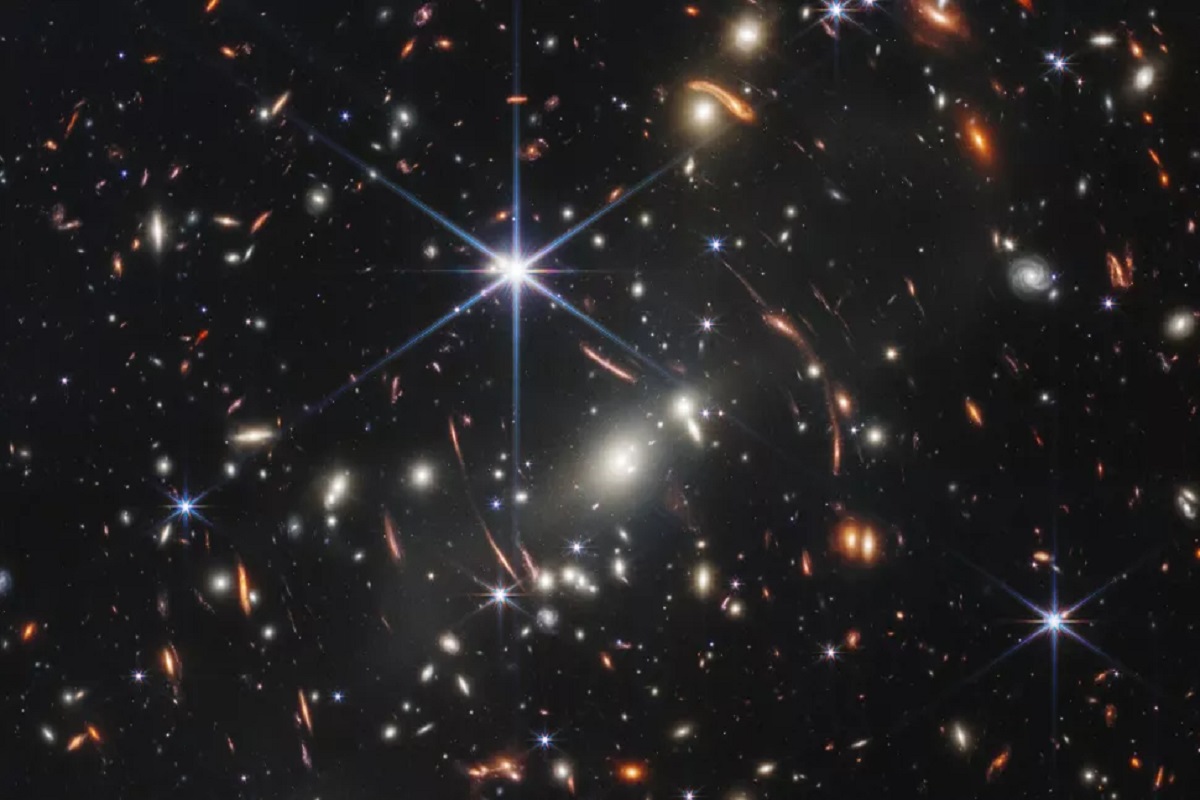In July 2022, the James Webb Space Telescope (JWST) continues to provide outstanding service to science. It delivers astonishingly important images of the universe, including images of the most distant and earliest galaxies we’ve ever seen. But the question is how do we know that these galaxies are really that old.

Recently, it has been confirmed that JWST has indeed observed four of the most distant and oldest known galaxies, dating back 13.8 billion years.
Not that only the James Webb Space Telescope alone has discovered distant and early galaxies. In December 2022, the Atacama Large Millimeter/Submillimeter Array (ALMA) observed faint radio light from ancient star groupings. The universe was less than 360 million years old when this light began its journey to us.
Light travels at a speed of about 3.0 x10⁸ meters per second in a vacuum, so don’t worry about remembering it though, scientists usually denote it as C.
To our eyes the time difference between the light leaving and arriving is negligible. Light’s travel time really starts to make a measurable difference when considering objects in space.
The Sun is about 93 million miles (150 million kilometers) from Earth or about 8.33 light minutes. Which means that at the speed of light, we always imagine sunlight to be about 8 minutes and 20 seconds away. If the sun suddenly stops shining, the earth will not be dark for about 8 minutes.
This travel time of light becomes really significant when we start peering into the universe with powerful instruments like JWST, ALMA and the Hubble Space Telescope.
The most distant galaxy identified by Hubble is GN-z11, located about 13.4 billion light-years away. That means the light has been traveling toward us for over 13 billion years, and Hubble is showing us 300 to 400 million years after the Big Bang. A lot of this light can take billions of years to travel through the universe to reach us, and these effects are taken seriously to determine age and distance.
